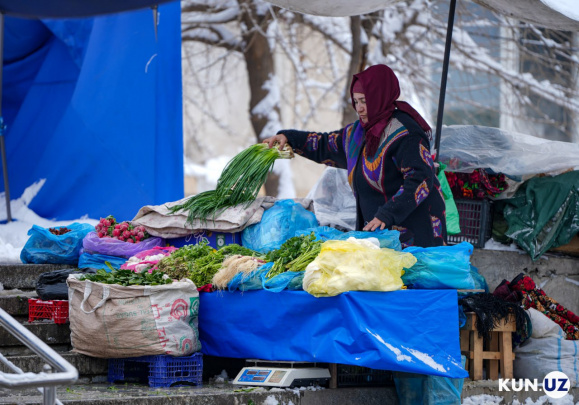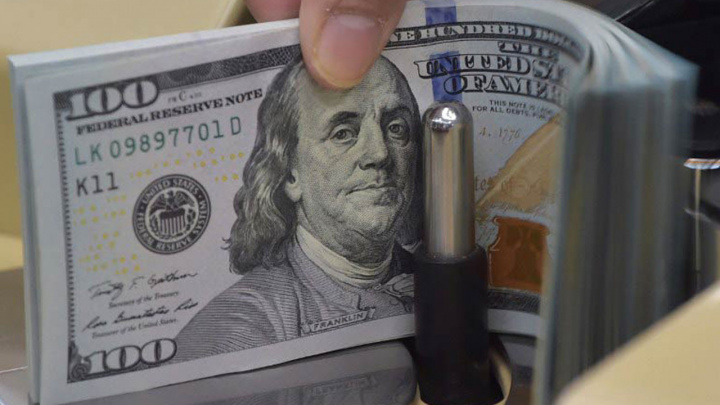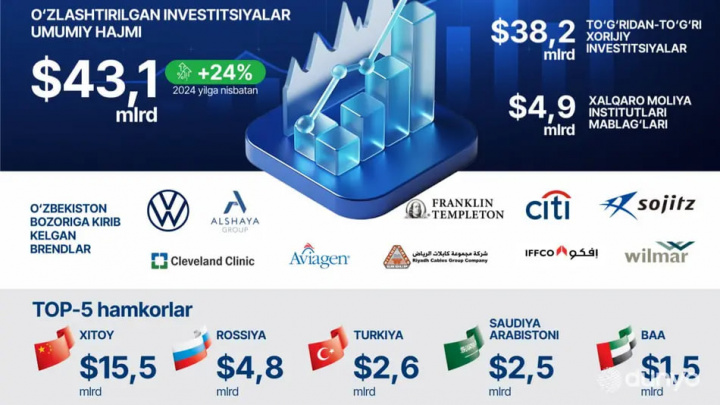Inflation expectations down after a sharp rise in May
Inflation expectations of citizens of Uzbekistan in the second quarter increased markedly, follows from the report of the Central Bank.

Photo: iStock
After the fall in April, the expected inflation rate for the next 12 months among the population jumped in May to a maximum since the beginning of 2021. Then the average figure reached 17.6%, the median - 15.2%.
June brought a noticeable drop in inflation expectations, but they are still at their best. The median indicator for the survey was 14.1%, the average fell to 16.4%.
As before, the largest group of respondents predict inflation in the range of 9-12%. At the same time, in June, the popularity of the 13-16% option increased, and the most negative scenario of inflation above 30% lost some of its popularity.
The main factor influencing the forecasts is the rise in prices for imported goods and products - it was indicated by 56% of participants. Expectations of artificially inflating prices moved up to the second place (41%).
Attention to the increase in prices for energy resources increased again (up to 27%). At the same time, the exchange rate, which previously worried most of the respondents, fell back to 25%. Also, 22% are concerned about the rising cost of housing and communal services.
Entrepreneurs’ forecasts for inflation in May also rose to a record for the previous 16 months and reached an average of 17.3% (median - 14.8%). In June, the figures fell to 15.7% and 13.3%, respectively.
Among businesses, the most commonly cited estimate is 9-12%. At the same time, in June, compared to May, there were somewhat fewer “pessimists”, especially in the group with a forecast of 31% or more. The size of the group with expectations of 6-8%, in turn, has grown.
In the business environment, the most important inflationary factors are the increase in wages and benefits (29%), the rise in prices for fuel and transport (27%). Over the month, prices for imported materials and components were cited much more frequently (24%).
In addition, 22% of businessmen are afraid of interruptions in the supply of raw materials from abroad, 19% - an increase in the tax burden. As well as among the population, against the background of the strengthening of the soum against the dollar, the level of concern with the exchange rate fell (19%).
Related News

13:54 / 15.01.2026
Foreign business presence in Uzbekistan nearly doubles over five years

15:02 / 10.01.2026
Tashkent residents report highest inflation as nationwide perception hits 12 percent

12:45 / 09.01.2026
“Public debt remains manageable despite rise in external borrowing” – MIIT

14:51 / 07.01.2026



